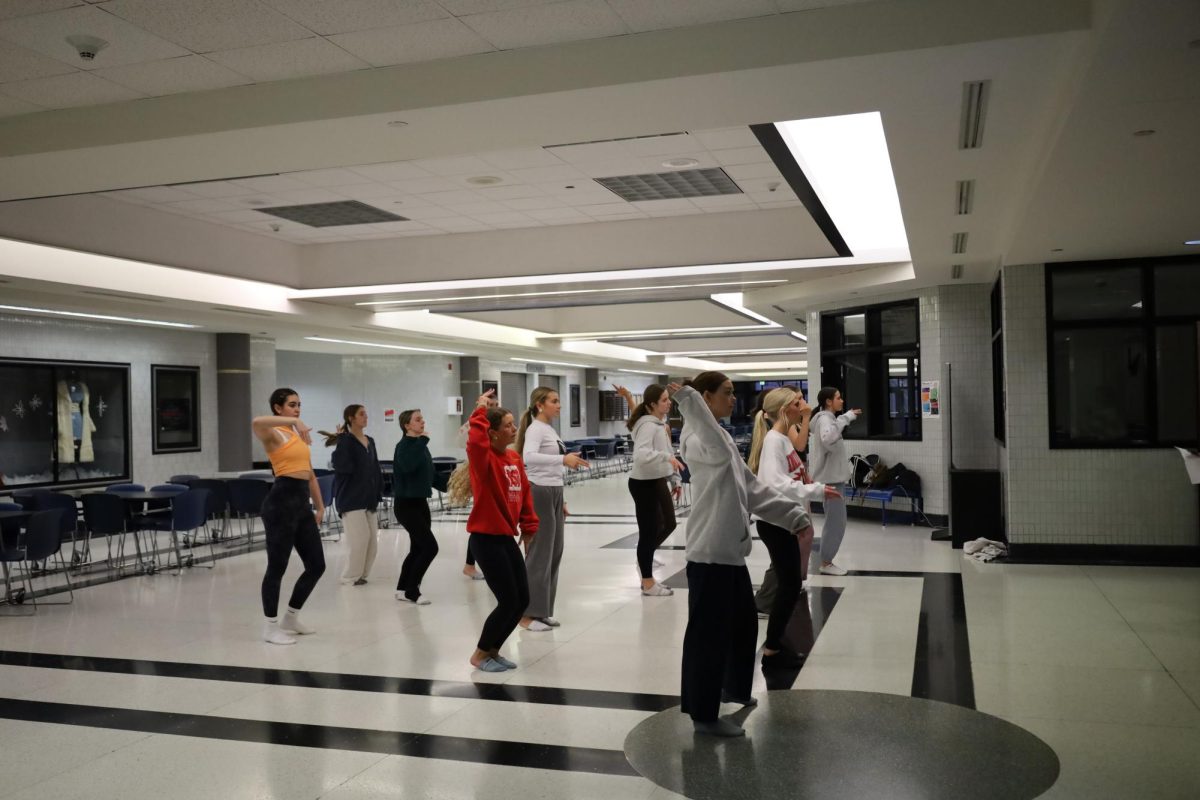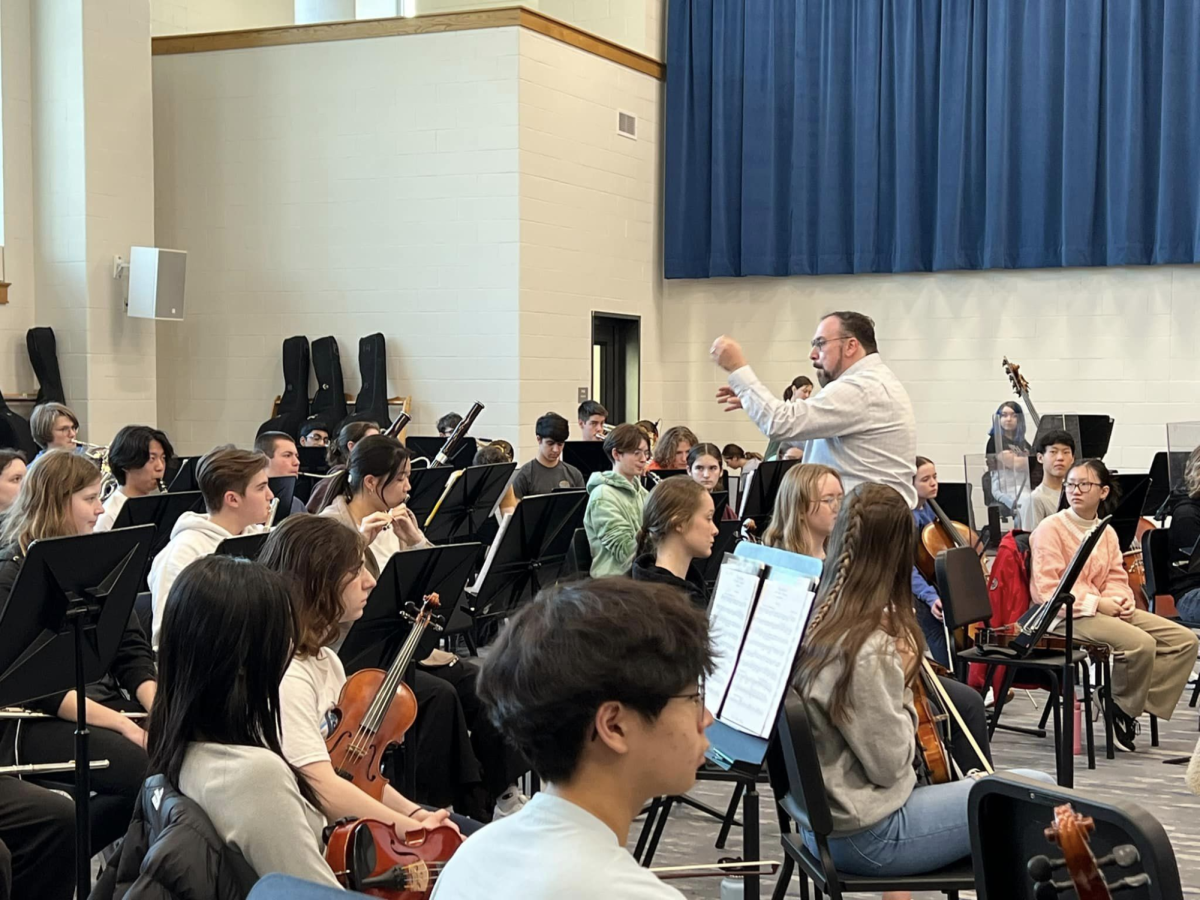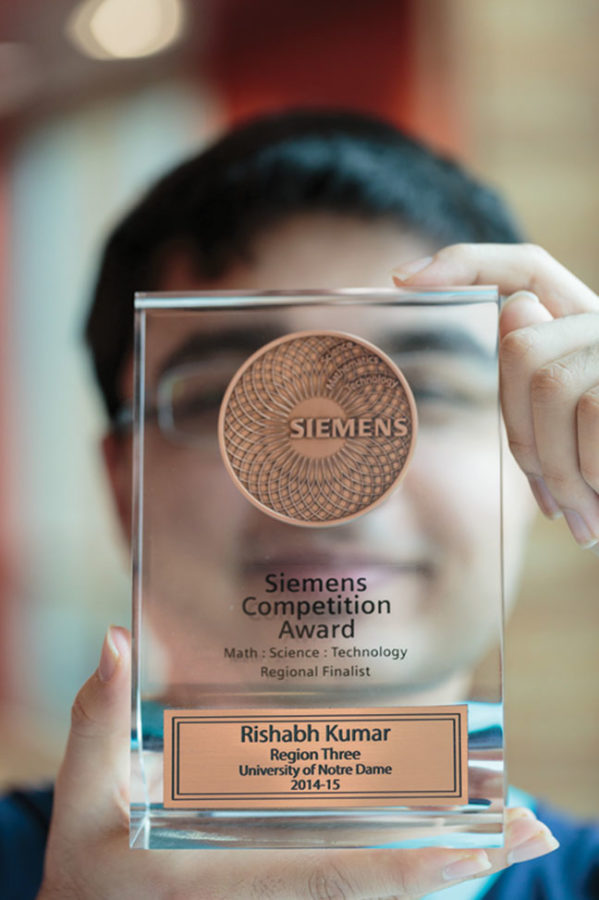
Why did you decide to spend your summer researching at IUPUI?
I started last summer, 2013. So my mom’s a research scientist; she does research in immunology, so I was also kind of interested in seeing what research is like. So then, during the summer of 2013, I got accepted to the SEED (Summer Experience for the Economically Disadvantaged) program, so that’s just a summer research program, and after I was accepted, I decided to work in a physics lab. When I started off, it was mostly experimental stuff, (but) I didn’t really like it that much, so I started in theoretical stuff with mostly math and probability and how probability and math relate to ion channels, and I got really interested in it. So I continued researching it with a professor, and then I liked it a lot, so during the year, I continued my research, and a lot of the results that we got were mostly from this past summer. We got a lot of interesting results and developed a lot of equations, and then we decided to continue throughout the year.
What did you observe during your research that you found interesting?
So we looked at the theoretical ion channels and how they behave. By that, we mean that we measured the conductives of ion channels as a function of time, so we look at when channels open—they have current that goes up, so we know that the channel is open. When they’re closed, the current’s on the base; that means there’s zero current, zero picoamps (pA), so we tried to find formulas to see how we can kind of make a model about these parameters mathematically and look at probability such as the probability of a channel opening and how that affects the overall system where there’s many channels present. So we just developed many mathematical formulas that characterize the ideal channel system.
Why did you decide to research ion channels specifically?
Ion channels are very important in our cells. If there’s defects in our ion channels, it can cause a lot of diseases such as hypertension, stroke, cancer (and) diabetes, and so it’s really important for us to know more about how these ion channels function, so I wanted to develop a mathematical model that pertains to ideal channels, and so this can be important, because in the future, first we need an ideal model to know how ideal channels work in order to characterize real channels, or how the actual channels work.
Why did you decide to write the essay?
When I was doing research, I went to San Francisco and presented my research at a Biophysical Society meeting, and so my professor registered me, and then I was a part of the Biophysical Society. So then I started getting emails from the Biophysical Society about this thing, that thing, and then I saw in my spam folder, “Essay Contest,” and it said, “Describe in one page an innovation that is very important in biophysics, so I was just like, “Might as well write it. You never know what happens.” So I wrote a one-page essay and then I submitted it. I didn’t really expect anything because it’s mostly PhDs submitting the stuff, (but) then later on in the summer, I got an email that I was one of the four winners of the Biophysical Society essay contest, and what I wrote about was basically connected to my research, so I wrote about Galvani’s discovery of animal electricity and how that kind of ties into ion channels.
 Why did you decide to write about Galvani’s animal electricity experiment?
Why did you decide to write about Galvani’s animal electricity experiment?
I picked it because since the question was, “What was the most important biophysics discovery?”, I didn’t want to just pick any random thing that I actually thought was the most important. I wanted to pick something that tied into my research. So with ion channels, we measure current, and it’s kind of like electricity, so I wanted to research something about a discovery about electricity or current or ion channels, and animal electricity in frogs is really relevant to our ion channels today.
Has your research been published?
We’re going to submit it (in December) to the Physical Review E, so there’s a bunch of physics journals, and Physical Review E is the soft type of physics because my project wasn’t like hard core physics. … (They) will decide whether it is good enough to be published, so we’ll know that in a couple of months because it takes some time for them to (do that).
What kinds of experiments did you perform during your research?
In the first summer, which was not that successful, I did experiments with the RF Channel Simulator, which models how actual channels work. You can set a certain average on time of a channel and a certain average off time of a channel and probability, and so with that, it’ll model how channels open and close, but the thing with that is it simulates only single channels—just one channel opening and closing. And so I started off with that, and then I went to the computer and did a lot of summations—basically computer programming—some different single channel recordings with the same open probability, and the reason that wasn’t very successful the first summer is because we discovered that the channel simulator wasn’t as ideal as we had expected. So then this last summer what I did with my mentor was that we just had this computer program that we made—it was a random number generator, so it generated zeroes and ones—and so we could set a probability. If the probability was high, we would see more ones, and so based on that sequence of zeros and ones, so we would sum up these different sequences, but the sequences that we summed up would have the same probability. … So we summed those up and discovered how in the end, the parameters and the summation that we defined compared to the original single channel parameters when there was only one recording.
What was the final mathematical model that you came up with?
It’s a bunch of equations, so I have like 50 or 60 equations or something that applied to these ion channels. They’re new equations, so they haven’t been in the research before, so they describe how multi-channel parameters correlate with single channel parameters. … And then the importance of these formulas is that most of them are generalized—they apply to any number of channels for ideal systems. One thing that I did was I derived formula to predict the number of channels in an ideal ion channel recording. So many people have had different approaches to this, but I think my approach is the most accurate because for the ideal system, if you plug in a specific n value, you’ll get the right answer. … Otherwise, the other important equations are just generalizing the ion channel parameters. In math, it’s generalizing means like it doesn’t just apply to one case; it applies to all cases, so there’s a lot of formulas—four or five—that I have with that, but they’re kind of long formulas.
Do you have any last comments or thoughts that you’d like to share with readers?
I would say that if you just put in effort and hard work with the research you’re doing—because I know that a lot of kids do research—keep asking your mentor questions so that eventually, it should end up helping you out. In the beginning when I started my research, a PhD student was teaching me a lot of the stuff, but as I got more advanced, I started learning more and developing my own formulas, and the PhD student ended up getting a job in California, so basically (my mentor and I were) left with most of the research, so I just continued, and it just ended up paying off.































![British royalty are American celebrities [opinion]](https://hilite.org/wp-content/uploads/2024/03/Screenshot-2024-03-24-1.44.57-PM.png)




















![Review: Quiet on Set: The Dark Side of Kids TV is the long awaited exposé of pedophilia within the children’s entertainment industry [MUSE]](https://hilite.org/wp-content/uploads/2024/04/unnamed.jpg)
![Review: “The Iron Claw” cannot get enough praise [MUSE]](https://hilite.org/wp-content/uploads/2024/04/unnamed.png)
![Review: “The Bear” sets an unbelievably high bar for future comedy shows [MUSE]](https://hilite.org/wp-content/uploads/2024/03/unnamed.png)
![Review: “Mysterious Lotus Casebook” is an amazing historical Chinese drama [MUSE]](https://hilite.org/wp-content/uploads/2024/03/0.webp)
![Thea Bendaly on her Instagram-run crochet shop [Biz Buzz]](https://hilite.org/wp-content/uploads/2024/03/IMG_0165-1200x838.jpg)
![Review in Print: Maripaz Villar brings a delightfully unique style to the world of WEBTOON [MUSE]](https://hilite.org/wp-content/uploads/2023/12/maripazcover-1200x960.jpg)
![Review: “The Sword of Kaigen” is a masterpiece [MUSE]](https://hilite.org/wp-content/uploads/2023/11/Screenshot-2023-11-26-201051.png)
![Review: Gateron Oil Kings, great linear switches, okay price [MUSE]](https://hilite.org/wp-content/uploads/2023/11/Screenshot-2023-11-26-200553.png)
![Review: “A Haunting in Venice” is a significant improvement from other Agatha Christie adaptations [MUSE]](https://hilite.org/wp-content/uploads/2023/11/e7ee2938a6d422669771bce6d8088521.jpg)
![Review: A Thanksgiving story from elementary school, still just as interesting [MUSE]](https://hilite.org/wp-content/uploads/2023/11/Screenshot-2023-11-26-195514-987x1200.png)
![Review: When I Fly Towards You, cute, uplifting youth drama [MUSE]](https://hilite.org/wp-content/uploads/2023/09/When-I-Fly-Towards-You-Chinese-drama.png)
![Postcards from Muse: Hawaii Travel Diary [MUSE]](https://hilite.org/wp-content/uploads/2023/09/My-project-1-1200x1200.jpg)
![Review: Ladybug & Cat Noir: The Movie, departure from original show [MUSE]](https://hilite.org/wp-content/uploads/2023/09/Ladybug__Cat_Noir_-_The_Movie_poster.jpg)
![Review in Print: Hidden Love is the cute, uplifting drama everyone needs [MUSE]](https://hilite.org/wp-content/uploads/2023/09/hiddenlovecover-e1693597208225-1030x1200.png)
![Review in Print: Heartstopper is the heartwarming queer romance we all need [MUSE]](https://hilite.org/wp-content/uploads/2023/08/museheartstoppercover-1200x654.png)























![Review: Ladybug & Cat Noir: The Movie, departure from original show [MUSE]](https://hilite.org/wp-content/uploads/2023/09/Ladybug__Cat_Noir_-_The_Movie_poster-221x300.jpg)

![Review: Next in Fashion season two survives changes, becomes a valuable pop culture artifact [MUSE]](https://hilite.org/wp-content/uploads/2023/03/Screen-Shot-2023-03-09-at-11.05.05-AM-300x214.png)
![Review: Is The Stormlight Archive worth it? [MUSE]](https://hilite.org/wp-content/uploads/2023/10/unnamed-1-184x300.png)






